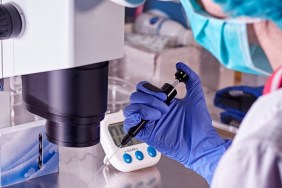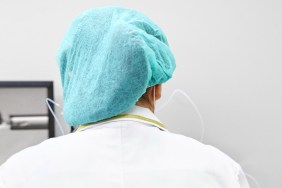Thanks to celebrities like Lena Dunham endometriosis has entered the common vernacular – and it’s about time! Researches estimate some 11% of women suffer from this disorder.
What exactly is endometriosis?
“Endometriosis is defined as the presence of endometrial cells (those that line the uterus and respond to hormonal fluctuations) outside of the uterus (in the peritoneal cavity, on the…








